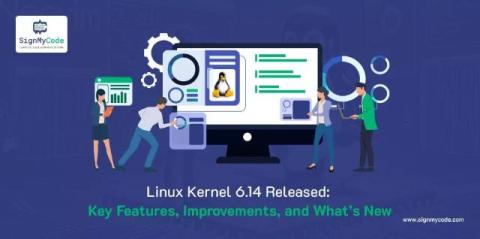How Businesses Can Strengthen Security with Linux Device Management
Cyber threats are becoming more sophisticated, and businesses need to ensure their IT systems are secure, reliable, and compliant. Many organizations rely on Linux-based systems to run critical operations, from cloud infrastructure to internal servers. While Linux is known for its stability and security, it is not immune to cyber risks. Without proper management and security controls, businesses can face data breaches, ransomware attacks, and compliance violations.








